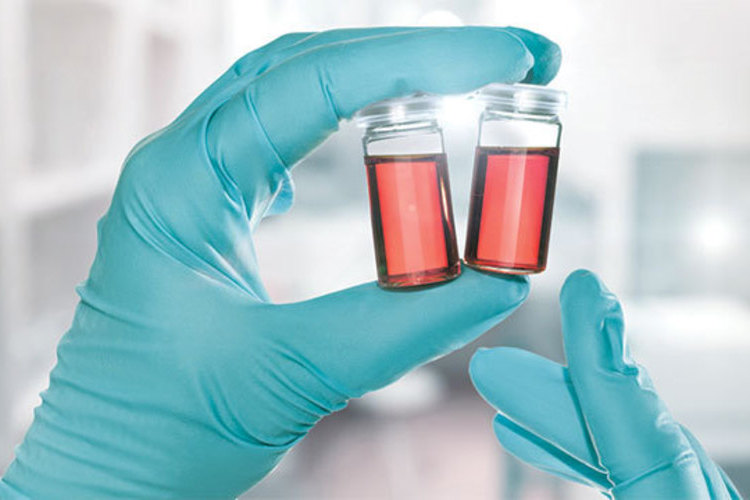
19 Abr Proper Gloves: The Thin Line between Safety and Infection
Meet One of the Top Killer in Our History – The Infectious Diseases
Infectious diseases have been one the biggest cause of death since ancient time. In the 14th century, the Black Death plague killed approximately 60% of Europe population. The death toll from Ebola epidemic in Western Africa a few years ago reached 11,315 people. In addition, World Health Organization (WHO) recent survey of top 10 biggest killers also still included Tuberculosis and lower respiratory infection on their list. But, what exactly causes these diseases? Why can it kill so many people?
Baylor College of Medicine defined infectious diseases as “disorders that are caused by organisms, usually microscopic in sizes, such as bacteria, viruses, fungi, or parasites that are passed, directly or indirectly, from one person to another”. We often refer to these organisms as the pathogen. Most of the notable infectious diseases, which you must have heard at some point, are caused by either bacteria or viruses pathogen. Notable examples of viral infection are influenza and the Acquired Immune Deficiency Syndrome (AIDS), caused by the Human Immunodeficiency Virus (HIV). A famous example of infectious diseases caused by bacteria is tuberculosis and diarrhea. Malaria though is caused by the parasite protozoan.
The transmission of infectious diseases can be as easy as pie. For most of the respiratory-related diseases (examples are influenza and tuberculosis), air is all their need to spread the illness. This also includes Measles and chicken pox. Another common method is through direct contact with the source of infection, such as contaminated water, food, or body fluids (such as blood, saliva or feces). In case of Ebola, the diseases can even spread by coming into contact with the patient´s clothing or bedding sheet. In conclusion, everyone is prone to contract an infectious disease if no safety measure is taken.
Who is at Greater Risk of Infection?
Those who don´t have access to education, good hygiene and vaccine are more likely to be infected by a pathogen. This is why infectious diseases epidemic more common in low-income countries. However, scientist and medical personnel are also at risk of encountering infectious diseases.
While there are many significant advancements in infectious disease treatment, it is still a big challenge to eradicate diseases completely. New diseases emerge every year and some evolve continuously. If you are wondering why you have to get a flu vaccine again every few years, this is because influenza virus is always evolving. Hence, the successful flu vaccine from last year is not going to be effective for next year flu season.
In order to keep the diseases under control, researcher and medical personnel are working non-stop to find a cure. A researcher is required to be in close contact with the pathogen to study it. Medical personnel is at risk of coming into contact with the patient´s body fluid. When working continuously with infectious agents, how can researcher ensure their safety?
Protect Your Hands, Protect Your Life

For a scientist, gloves are a necessary barrier between your hand and things that can kill you. These things can be a strong acid, toxic heavy metals, harmful pathogen, and even harmless bacteria! A researcher from the University of Chicago, Malcolm Casadaban, died due to infection from a weakened strain of the bacteria Yersinia. He was known for his habit of not wearing gloves while working in the lab. Now you know the importance of gloves.
Unfortunately, choosing the right gloves is not piece of cake. Some gloves will only protect you from certain chemicals. Others are designed to be virus resistant or made to provide the highest level of biosafety. Special gloves are also made specifically for a medical procedure. A great understanding of the project risk and necessity are crucial. A Classic example of insufficient gloves protection is the story of dimethylmercury poisoning. Professor Karen Watterhahn was working in the lab when she spilled two drops of dimethylmercury to her glove-covered hands. Five months later, she died from mercury poisoning. Her colleagues then found that dimethylmercury could sip through the gloves easily and contacted the skin.
In summary, Professor Karen Watterhahn´s story signifies the importance of choosing proper protective gloves. We at Solmeglas provide a wide range of gloves, which included extreme protection gloves for biosafety. We believe every research contributes to a better world. Therefore the expert team on Solmeglas will always ready to assist, ensure, and advise the best safety measure for you!
*Solmeglas will be attending the 28th ECCMID conference in Madrid, Spain. It is our pleasure to support your research in Microbiology and infectious disease!


Sorry, the comment form is closed at this time.